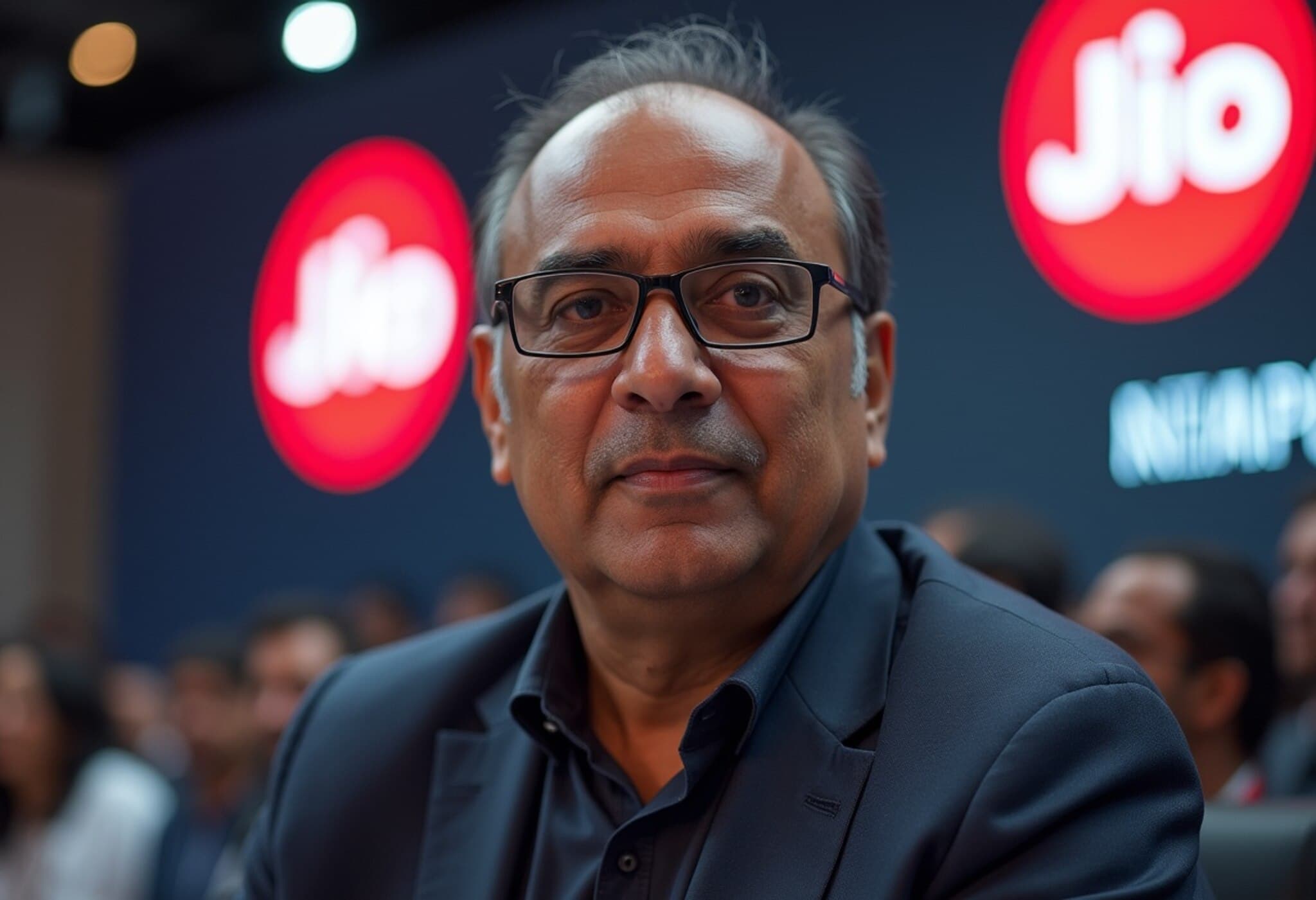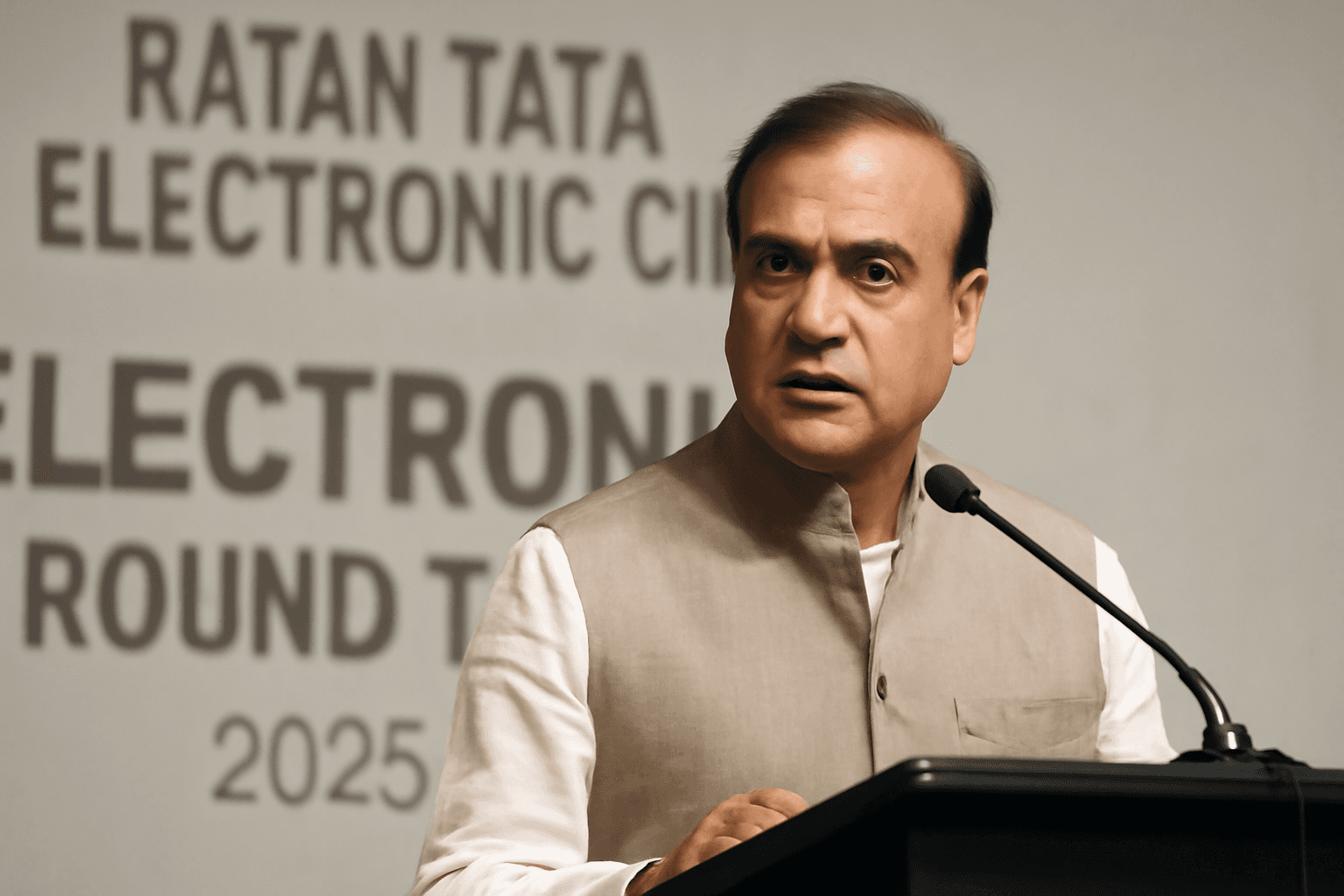Reliance Jio Targets Early 2026 for India’s Biggest Telecom IPO
In a significant announcement that could reshape India’s telecom landscape, Mukesh Ambani, chairman and managing director of Reliance Industries Ltd., confirmed plans to list Reliance Jio Infocomm on the stock market by the first half of 2026. This move positions Jio, India’s largest telecom operator by subscriber base, for what could potentially be the biggest initial public offering (IPO) in the country’s history.
A Decade of Digital Transformation
Reliance Jio, which launched its services in 2016, has rapidly expanded to serve more than 500 million subscribers, making it a dominant force in India’s digital revolution. Ambani highlighted this milestone during his recent video address to shareholders, reflecting on Jio’s transformative role in connecting millions of Indians to high-speed internet and affordable mobile services.
“Just a week from now, Jio will enter its 10th year of service to the nation. Looking back, these years have been the most glorious in India's digital history,” Ambani stated.
The IPO Outlook: A Game-Changer for Indian Capital Markets
Reliance Industries currently holds a controlling stake of 66.5% in Jio Platforms Ltd, the parent company of Reliance Jio Infocomm. The upcoming IPO is expected to involve selling a minority stake, reportedly around 5%, which could raise approximately $6 billion. This fundraising target would surpass recent giant listings such as Hyundai Motors India's $3.3 billion debut, cementing the IPO’s stature within the Indian market.
Market watchers note this offering may test the capacity of Indian investors. For context, while Hyundai's IPO was heavily oversubscribed by institutional investors, retail enthusiasm remained modest. Due to its size, Jio’s IPO might require strong participation from global investors seeking exposure to India’s fast-growing telecom sector.
Regulatory Shifts Supporting Mega IPOs
Amid this backdrop, India’s market regulator introduced proposals easing public float requirements for mega listings. Companies valued at over 1 trillion rupees would now need to offer only 2.75% to the public, and those over 5 trillion rupees just 2.5%, down from the earlier 5% minimum. Such steps aim to attract marquee companies like Jio to public markets with a more flexible approach.
Valuation and Competitive Landscape
Experts from Bank of America Global Research recently valued Jio at approximately $115 billion, based on projected cash flows. By comparison, Bharti Airtel, Jio’s nearest rival, holds a market valuation near $128.7 billion and commands a price-to-earnings ratio of 31.92. Airtel’s India cellular business alone is estimated at $124 billion. This competitive positioning underscores the scale and strategic importance of Jio’s upcoming public debut.
Ambani’s Vision Beyond India
Looking forward, Ambani indicated ambitions to expand Jio’s footprint internationally, though he stopped short of providing a definitive timeline. Such a move could diversify revenue streams and further solidify Jio's position as a global telecom challenger.
Why the Jio IPO Matters: Broader Implications
- For Investors: Jio’s IPO offers a rare opportunity to participate in one of the world’s fastest-growing digital markets, backed by an industry titan.
- For the Indian Economy: The funding influx is expected to fuel digital infrastructure investments, innovation, and economic growth.
- For Global Telecom Sector: Jio’s expansion can reshape competitive dynamics, especially in emerging markets.
Underreported Perspectives
While the IPO headlines focus on size and valuation, less attention has been paid to the retail investor sentiment and the long-term governance implications of Reliance Industries maintaining a dominant majority stake. Will the public shareholders have meaningful influence? And how might Jio’s ambitions to expand globally align with shifting geopolitical and regulatory landscapes?
Editor’s Note
The proposed listing of Reliance Jio Infocomm could redefine India’s equity market by unleashing one of the largest capital-raising exercises in the country’s history. However, the success of this landmark IPO will hinge on balancing large-scale institutional interest with fostering genuine retail participation. Observers should watch how evolving regulatory frameworks and Ambani’s global vision shape not only Jio’s trajectory but also India’s role as a hub for digital innovation and investment.
As markets anticipate the debut, critical questions remain: Can Indian investors sustainably absorb such a colossal offering? How might this IPO influence competition and consumer choice in India’s telecom sector? And what does Jio’s international ambition mean for the future of global telecom dynamics?











